Budgeting & Finance Solutions
What will our project cost and the option to pay for it?
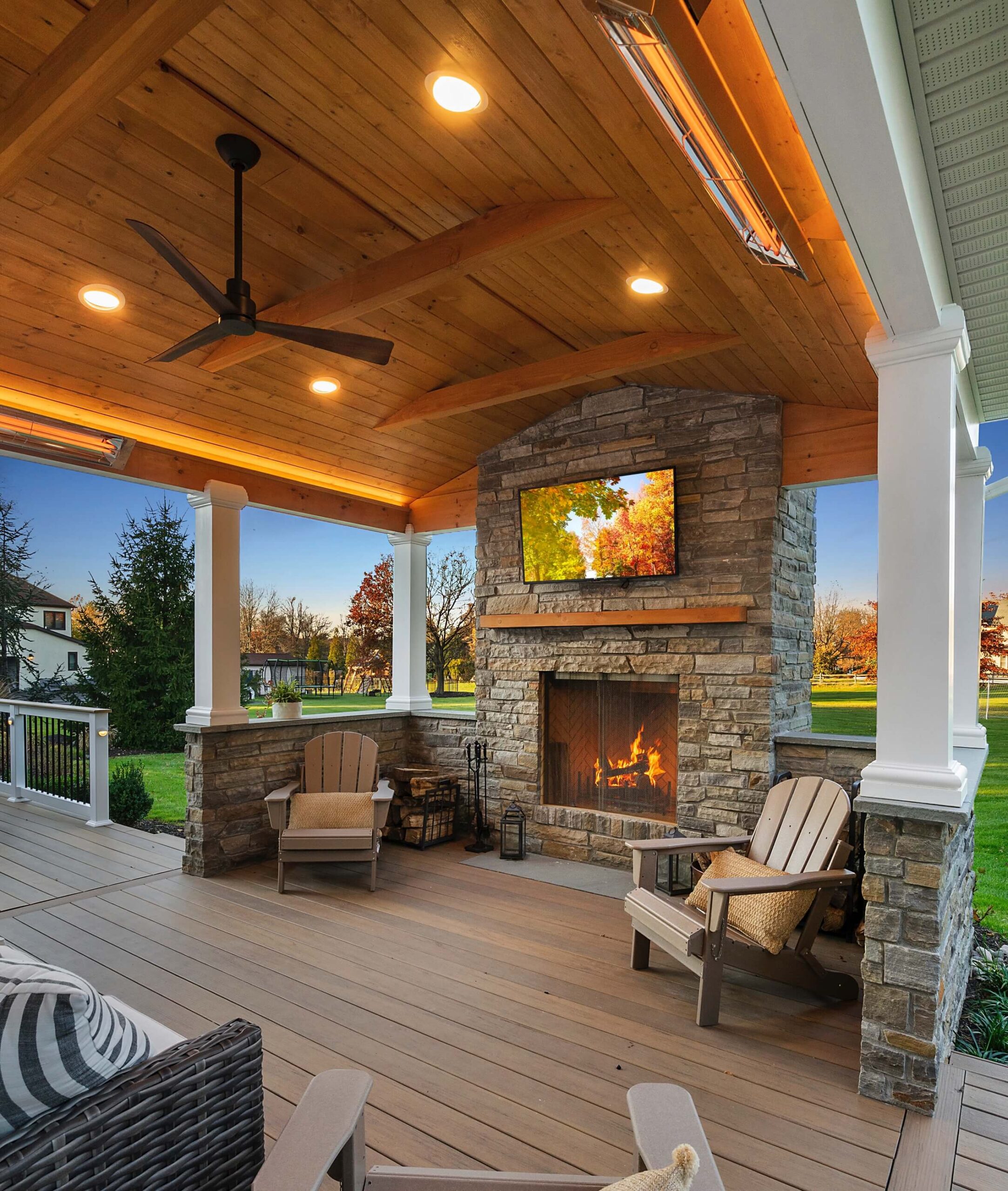
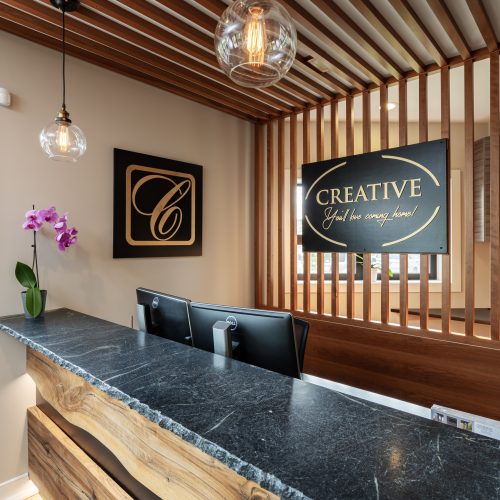
Initial Consultation
The initial design consultation is free if you own or have a signed purchase agreement with seller. If you are in the process of buying, there is a flat consultation fee.
Design tends to run on average 3-8% of total construction cost. Additional fee may be required for zoning and other municipal or community specific requirements.
Average Design Build Contract
Let’s build your perfect space—on your terms.
Pricing Ranges
Prices are provided with the assumption that the project is in an older home. For homes in better condition (e.g., newer construction), costs will be lower, and they will be closer to the lower end of the pricing range.
- Aging Plumbing: May require updates or replacements of pipes, fixtures, or water systems
- Electrical Systems: Outdated wiring or panel upgrades may be necessary to meet current safety standards
- Settlement Issues: The foundation or structure may need stabilization or repairs due to settling
- Wet-bed Floors: Older flooring materials might require additional work to address uneven surfaces or removal of existing materials
- Lead Paint Remediation: If lead paint is present, it must be safely removed, which adds to the cost due to specialized handling
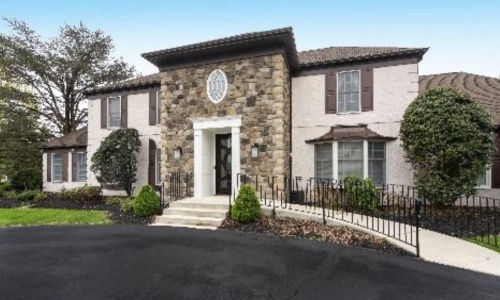
WHOLE HOUSE RENOVATION
$350 to $500+/ square foot
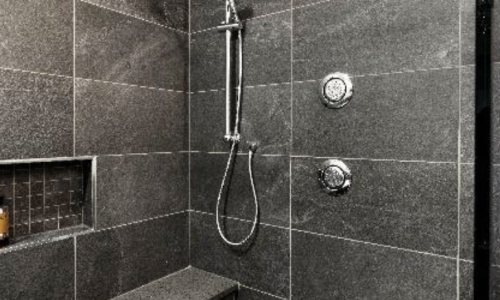
HALL BATHROOM
$30,000 to $55,000
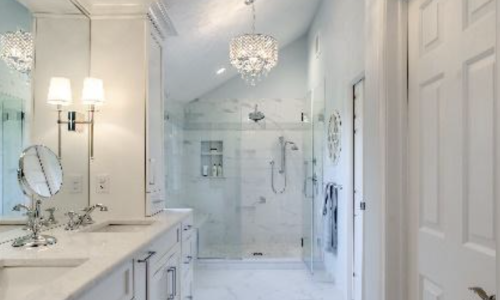
PRIMARY BATHROOM
$60,000 +
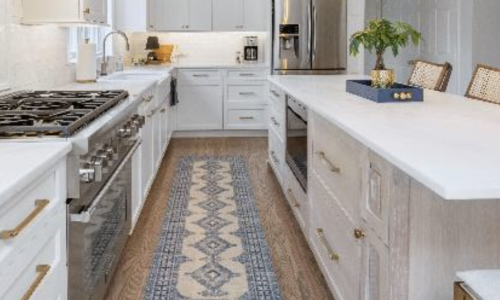
KITCHENS
$65,000 to $125,000+
$150,000 to $250,000+
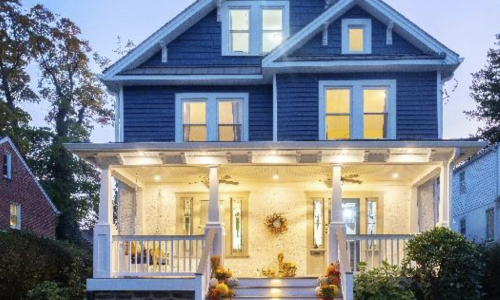
EXTERIOR RENOVATIONS
$400+/square foot
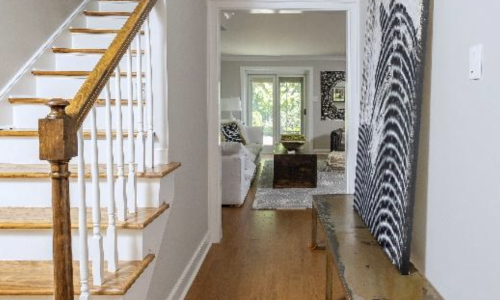
BASEMENT
$400 to $600/square foot
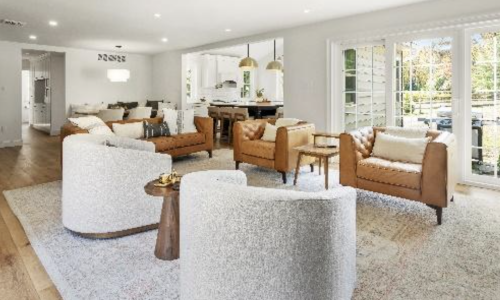
ADDITIONS
$150,000 +
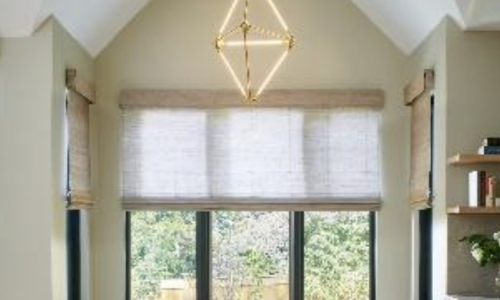
ATTIC CONVERSIONS
$65,000 +
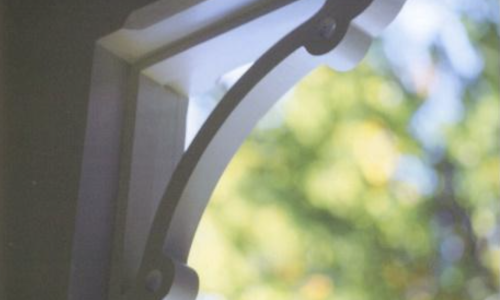
EXTERIOR
$500+/square foot
Financing Options For Your Remodeling Project
Cash
- Pros: No interest or loan payments, and no long-term debt.
- Cons: The opportunity cost of using your cash for a remodeling project rather than investing elsewhere. Also, cash payments do not offer tax deductions for home improvements, unlike other financing methods.
- Considerations: If you’re borrowing at a 6% interest rate and you’re in a higher tax bracket, the effective cost of borrowing could be significantly lower (due to tax deductibility). Compare your potential investment returns with the cost of financing to determine if paying in cash is the best option.
Home Equity Line of Credit (HELOC)
- Pros: Access to revolving credit, often with no closing costs, and lower interest rates than personal loans or credit cards. Interest payments are typically tax-deductible (up to certain limits).
Cons: The loan is secured by your home, so failure to repay could put your property at risk. Additionally, the interest rate is variable, meaning it can increase over time.
Considerations: Ideal for ongoing expenses or phased projects. However, be mindful of the variable interest rates and the risk of the lender calling back the balance, especially during financial downturns.
Cash-out Refinancing
- Pros: You can refinance your mortgage for a higher amount, freeing up cash for remodeling and other expenses. If interest rates are lower than your current mortgage rate, this can be a good option.
Cons: Involves new closing costs and the process of refinancing can be lengthy and complex. Additionally, you may end up with a higher interest rate on the entire mortgage.
Considerations: This method works well if you’re already planning to refinance and need extra funds. Compare your current mortgage rate with new rates to ensure that refinancing is beneficial, especially if closing costs are high.
Loan to Future Value (LTFV)
- Pros: This type of loan allows you to borrow based on the projected value of your home after renovations, which can help fund major improvements.
Cons: The approval process is more complex, requiring a detailed estimate of future property value and renovation plans. The lender will typically require appraisals and other documentation.
Considerations: If your remodeling project will substantially increase the value of your home, this type of financing could allow you to access more capital. However, it’s important to accurately estimate the future value and carefully weigh the risks involved.
Choosing the Best Option
The best financing method for your project will depend on several factors:
- The Size of the Project: For smaller projects, paying in cash or using a HELOC might be sufficient. For large-scale renovations, a cash-out refinance or loan to future value might be better suited.
- Your Current Financial Situation: Consider the interest rates available to you, your current mortgage rate, and how much equity you have in your home.
- Timeline: If you plan to do the renovation in phases, a HELOC may offer flexibility. A cash-out refinance might be a better choice for a more comprehensive, single-phase project.
Would you like more information on how to apply for any of these financing options or a comparison of their costs and benefits in detail? I can also help with creating a budget or financial projection for your project if that’s useful!
Considering a Project?
Contact us or schedule a Discovery Call with Bob & Kim.